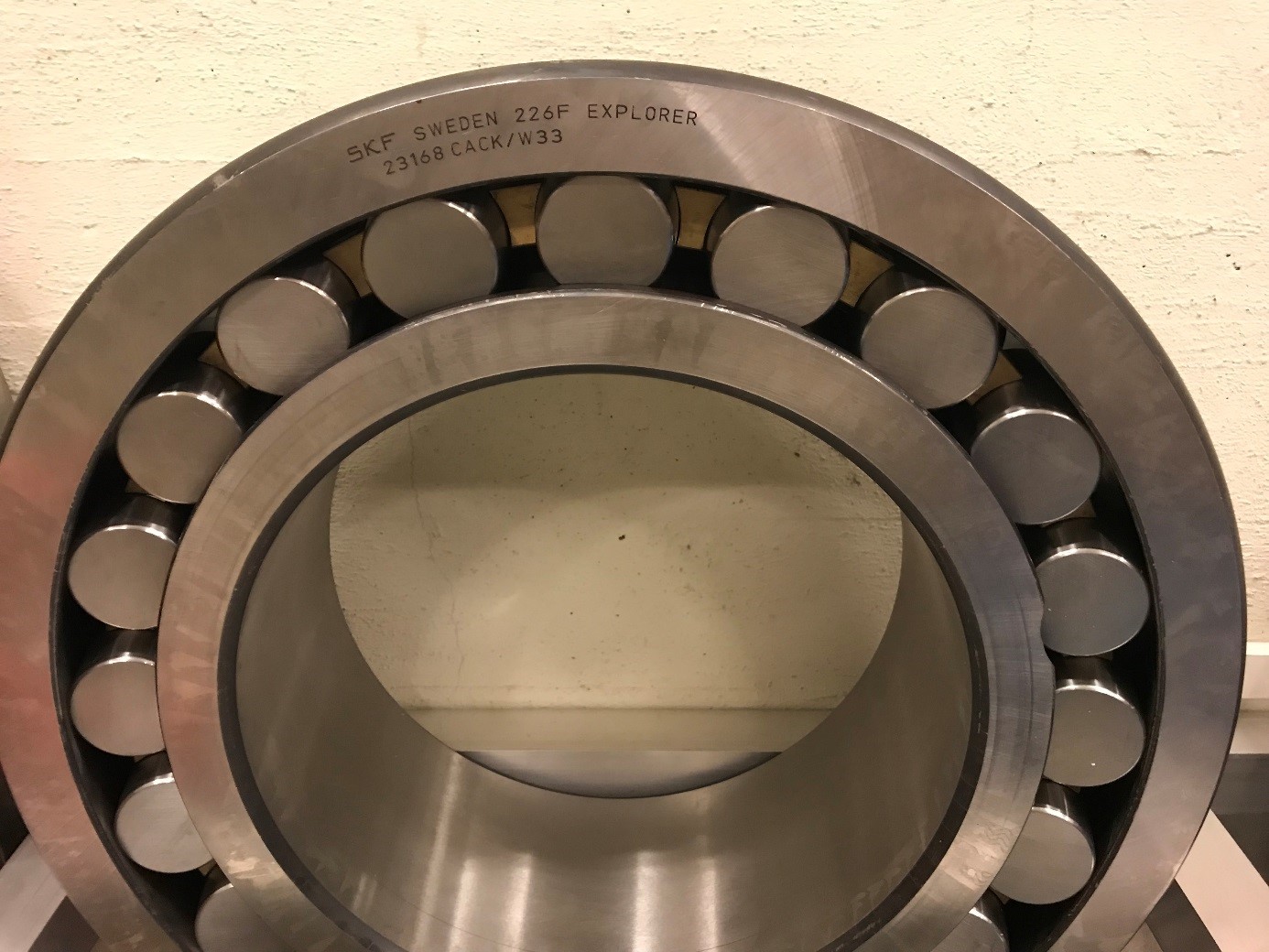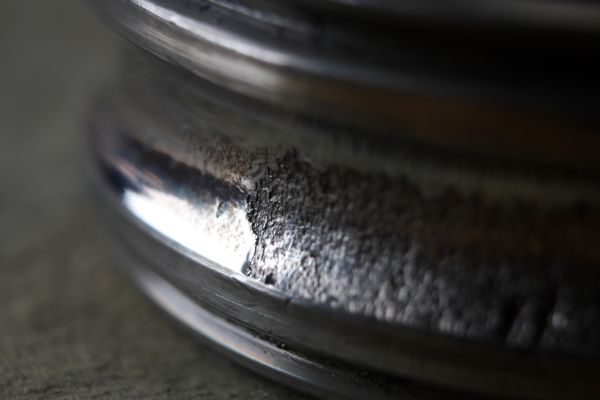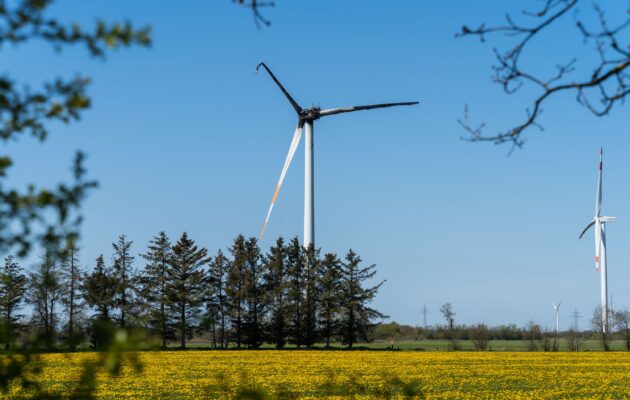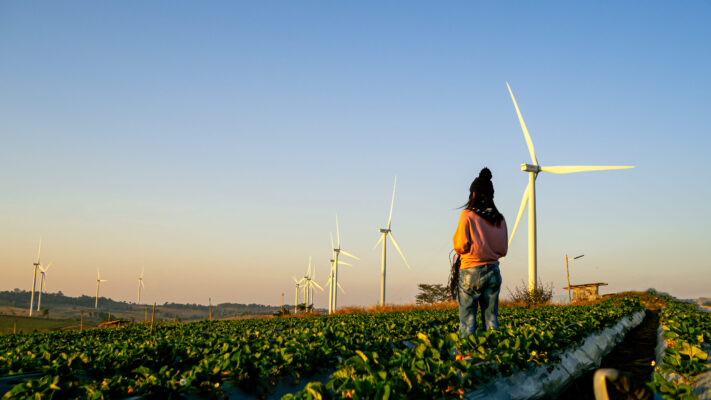Counterfeits are commonplace in modern commerce. Whether it’s fashion accessories, clothing, or electronics, this type of crime is ever present. Most of the time, the implications are financial – either for the manufacturer or the licensed retailer. This is a criminal offense and serious enough in itself. However, when it comes to bearings in industrial machinery, such as wind turbines, safety of people and the environment are also at risk. Therefore, it is vital not to fall foul of fakes.
What are the dangers of using fakes in wind turbines?
Counterfeit bearings are becoming increasingly sophisticated and are difficult to identify. They are also accompanied with counterfeit packaging and often false certification. For this reason, wind farm operators must be on alert. Bearings play a vital role in ensuring wind turbines operate safely. Counterfeit bearings are not reliable and can increase the risk of a breakdown – leading to various degrees of damage.
Causing financial damage to the industry
Moreover, counterfeit products result in legitimate manufacturers losing millions of euros in revenue, while wind farm operators face huge potential losses. If a component is poorly constructed and not durable, machinery will fail, resulting in downtime and costly repairs. Components that are meant to last for years can fail in a matter of months.
Machinery is under threat
But the issue goes further than unnecessary downtime and increased costs. It could put the lives of people in danger. A prime example is using unsuitable parts in electrical machinery. This exposes service technicians to serious risk that could theoretically lead to fatalities. It is therefore vital that wind energy organizations take all action possible to avoid counterfeit parts.
Be smart to avoid being conned
Fortunately, wind farm operators can take measures to avoid falling for fake bearings. The best way of safeguarding authenticity is to buy from authorized distributors. SKF is also offering a free smart phone app, SKF Authenticate, where you can submit photos of the suspect product and receive quick verification of the authenticity of your SKF bearings. Additionally, good planning is key. Operators should keep a sufficient supply of spare parts from authorized dealers so they don’t have to make snap purchases.
SKF committed to fighting counterfeits
SKF is taking a hands-on approach to combating fake components. The company supports law enforcement in taking legal action against counterfeiters. SKF also raises awareness in the market about the risks of using counterfeits and promotes the message that the best way of safeguarding authenticity is to buy from authorized distributors. Organizations that utilize SKF bearings are also supported by the SKF Authenticate app. And the bearing manufacturer hasn’t stopped there. SKF will hold an event that aims to raise awareness of counterfeit bearings. The Wind Farm Management Blog will release more information on this conference in the coming weeks. Stay tuned.



